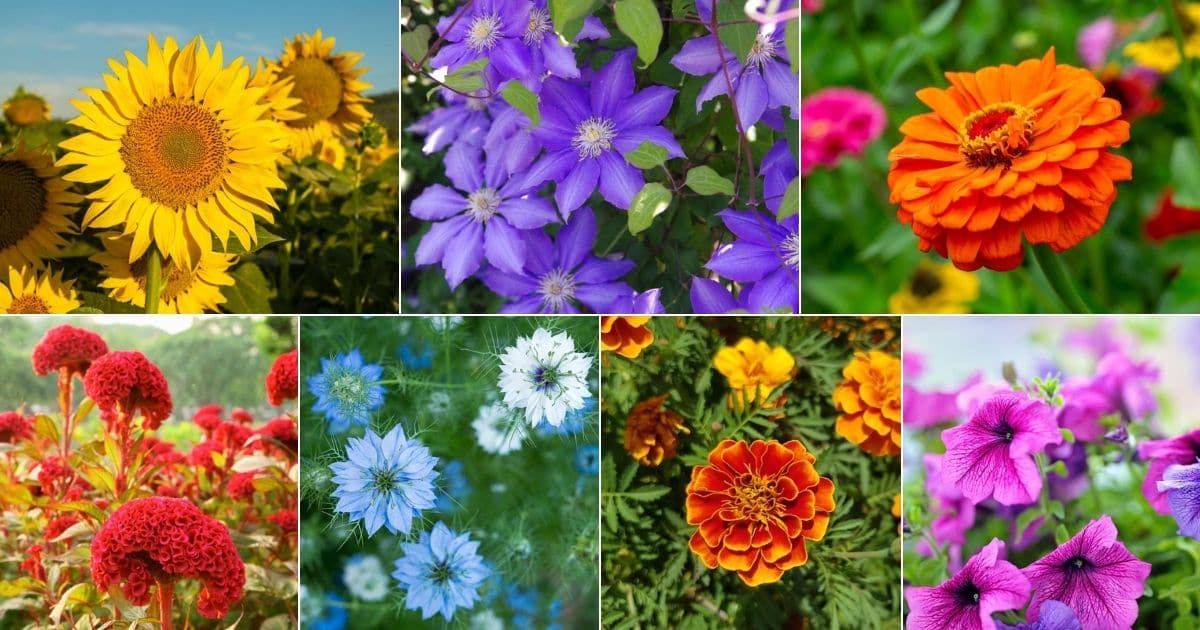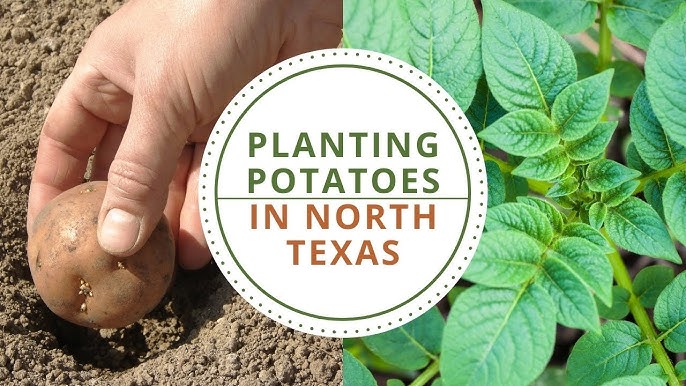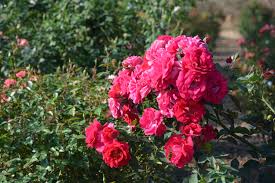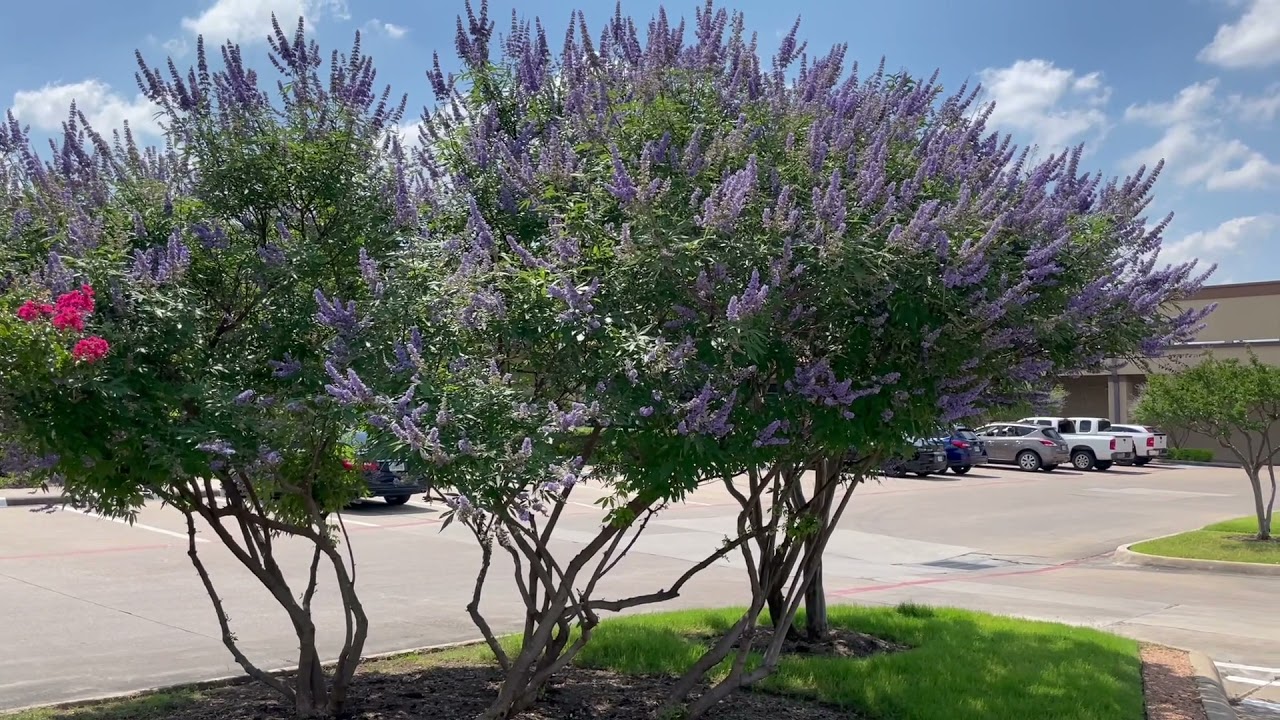Texas is a big state with a diverse climate, from arid deserts to humid coastlines. This variety means that choosing the right plants for your garden can be a bit tricky. Whether you live in a dry region or near the coast, there’s a plant out there that will thrive in your Texas garden. In this guide, we’ll explore the best plants to plant in Texas, taking into account the different regions and conditions across the state. With the right choices, your garden can flourish, adding beauty and value to your home.
Understanding Texas Climate Zones
Before diving into the list of plants, it’s essential to understand Texas’ climate zones. Texas spans several climate zones, from USDA Hardiness Zones 6b to 10b. This means that what works in one part of Texas might not work in another. Knowing your zone will help you select plants that are well-suited to your area’s climate.
In general, Texas has three main climate regions:
- North Texas: Characterized by cold winters and hot summers.
- Central Texas: Known for its mild winters and hot summers.
- South Texas and Coastal Regions: Features very hot summers and mild winters.
Best Plants for North Texas
North Texas has a climate with cold winters and hot summers, so the plants here need to be hardy and drought-resistant. Here are some top choices:
1. Black-eyed Susan (Rudbeckia hirta)
Black-eyed Susans are perfect for North Texas gardens. They are hardy, drought-tolerant, and bloom from summer to fall. Their bright yellow flowers with dark centers add a splash of color to any garden. They also attract butterflies, making them a great choice for a vibrant garden.
2. Texas Sage (Leucophyllum frutescens)
Texas Sage, also known as Texas Ranger, is a native plant that thrives in hot, dry conditions. It features silvery-gray foliage and purple flowers. This shrub is low-maintenance and can handle the extreme temperatures of North Texas.
3. Lantana (Lantana camara)
Lantanas are hardy perennials that bloom in a range of colors, including yellow, orange, red, and purple. They are heat and drought-tolerant, making them ideal for the hot summers of North Texas. They also attract butterflies and hummingbirds. You Can Also Read This The Beauty of the Texas Rose: A Guide for All Ages
Best Plants for Central Texas
Central Texas has a more moderate climate with mild winters and hot summers. Plants in this region should be able to handle occasional cold snaps as well as heat. Here are some excellent options:
1. Bluebonnet (Lupinus texensis)
As the state flower of Texas, Bluebonnets are a must-have for Central Texas gardens. They are known for their beautiful blue flowers that bloom in early spring. Bluebonnets are drought-tolerant and thrive in well-drained soil.
2. Autumn Sage (Salvia greggii)
Autumn Sage is a versatile plant that can handle both the heat of summer and the occasional cold snap. It produces vibrant red, pink, or purple flowers from spring through fall. This plant is also a favorite among hummingbirds.
3. Turk’s Cap (Malvaviscus arboreus)
Turk’s Cap is a native Texas plant that thrives in Central Texas. It features unique, red, bell-shaped flowers and can handle both sun and shade. This plant is also known for its ability to attract butterflies and hummingbirds.
Best Plants for South Texas and Coastal Regions
South Texas and Coastal Regions experience very hot summers and mild winters. Plants here need to be heat and salt-tolerant. Here are some top picks:
1. Mexican Petunia (Ruellia simplex)
Mexican Petunias are well-suited for the hot, humid conditions of South Texas. They produce trumpet-shaped flowers in shades of purple, pink, or white and bloom almost year-round. These plants are also drought-tolerant and low-maintenance.
2. Palmetto (Sabal minor)
Palmettos are a type of small palm that can handle the salt and heat of coastal regions. They add a tropical feel to your garden and are very resilient. Palmettos are slow-growing but provide an attractive, low-maintenance option for coastal gardens.
3. Sea Oats (Uniola paniculata)
Sea Oats are perfect for coastal gardens because they are well-adapted to sandy soils and salty air. They have tall, graceful seed heads that add movement and texture to your garden. Sea Oats are also excellent for erosion control on dunes.
Tips for Planting and Caring for Your Texas Garden
Selecting the right plants is only part of creating a successful garden. Proper planting and care are crucial for ensuring your plants thrive. Here are some tips:
1. Know Your Soil
Understanding your soil type is essential for successful gardening. Texas soils can range from sandy to clayey, and each type has different needs. Conduct a soil test to determine your soil’s pH and nutrient levels, and amend it as needed to support your plants.
2. Water Wisely
Watering is crucial, especially in Texas’ varying climates. New plants need regular watering to establish their roots, but once established, many Texas-friendly plants are drought-tolerant. Use mulch to retain soil moisture and reduce the need for frequent watering.
3. Choose the Right Time to Plant
Timing can impact the success of your garden. For most plants, it’s best to plant in the spring or fall when temperatures are milder. Avoid planting during the peak heat of summer or the cold of winter.
4. Provide Proper Drainage
Good drainage is vital for plant health. Texas soils can vary in drainage capabilities, so ensure your garden beds are well-drained to prevent waterlogging. Raised beds or containers can help with drainage issues in heavy clay soils.
Conclusion
Gardening in Texas can be a rewarding experience with the right plant choices. By selecting plants that are suited to your specific region and climate, you can create a vibrant and thriving garden. Whether you live in North Texas with its cold winters and hot summers, Central Texas with its moderate climate, or South Texas with its hot, humid conditions, there are plenty of plants that will do well in your garden. Remember to consider your soil type, watering needs, and planting times to ensure your garden’s success.





